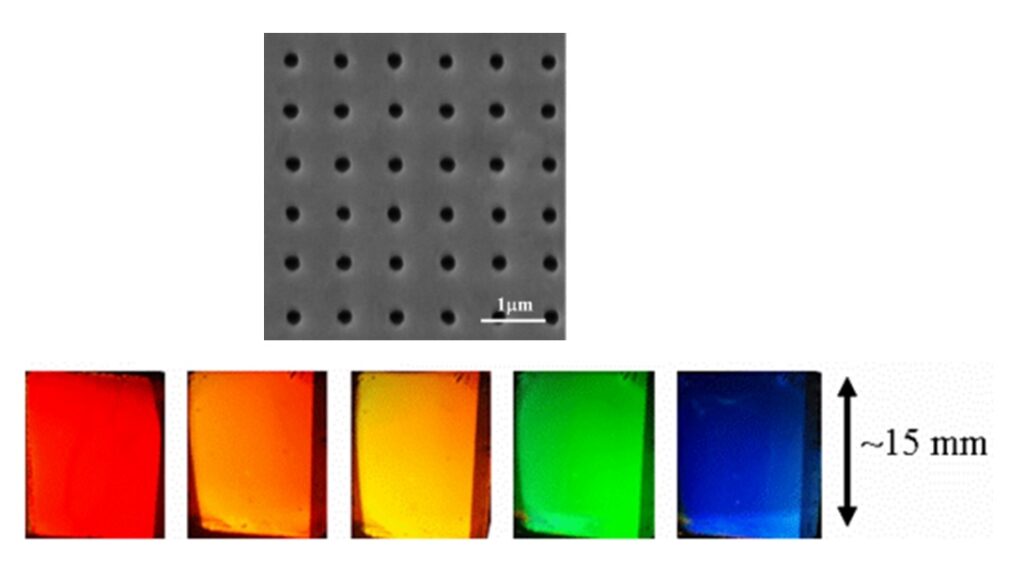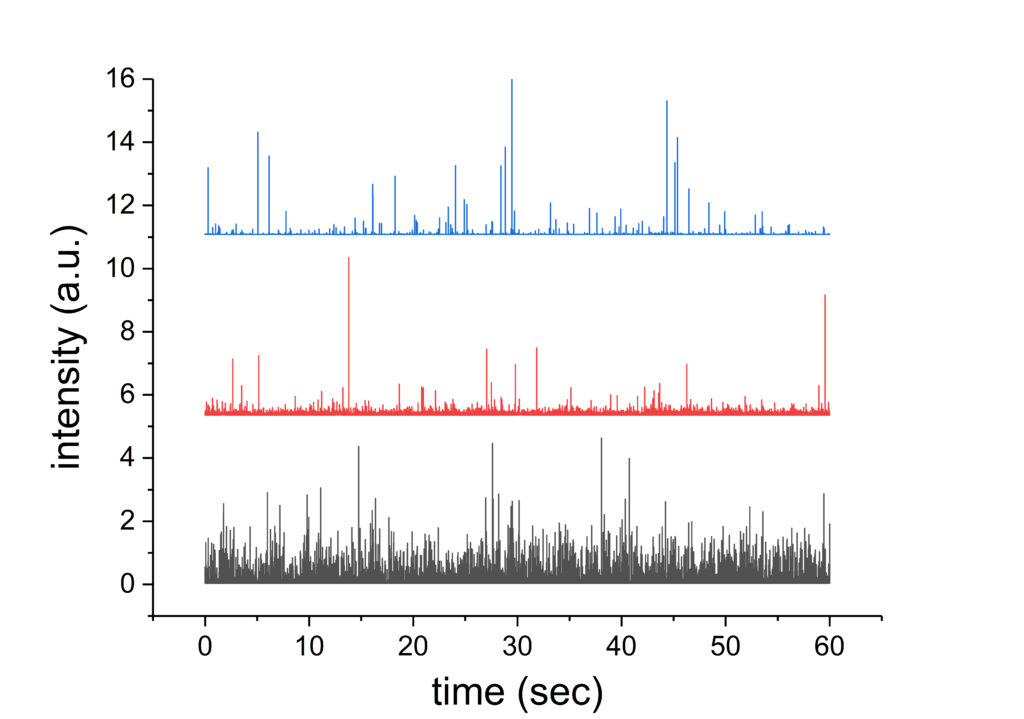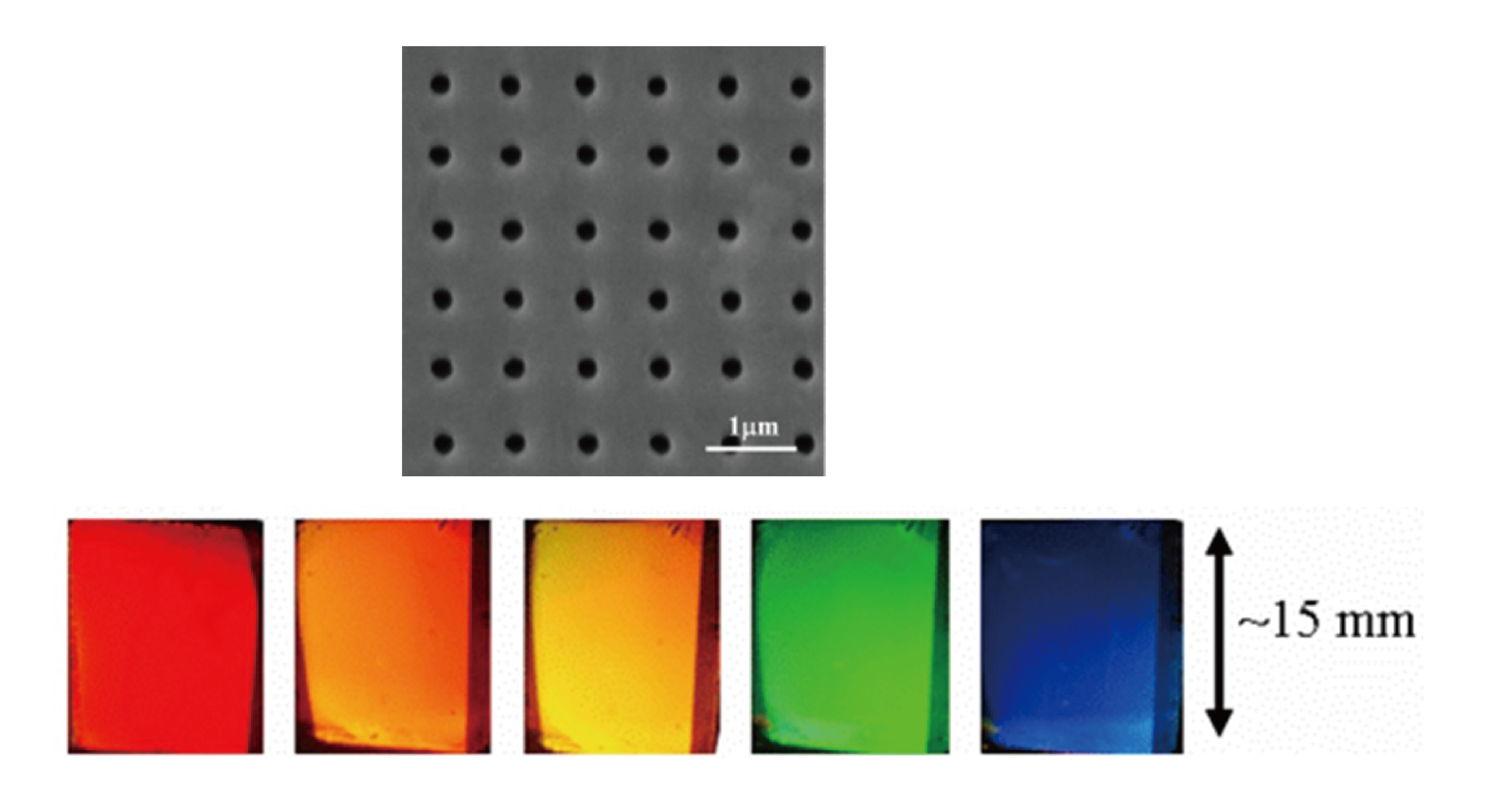Particulate matter 0.1 and 0.3 are influential to human health and the environment. Particularly, most viruses including COVID-19 have sizes ranging from 0.1 to 0.3 um and are difficult to be detected by current PM sensors. We have developed the plasmon-mediated light scattering effect to improve the performance of PM sensors. Metallic nanostructures at low cost have been prepared and integrated into conventional PM sensors to enhance their efficiency by 10 times, leading to the detection limit lower than 1 μg/m3 for 0.1 and 0.3 particulates.


Uniqueness and Competitive Advantages:
- Capable of detecting small PM sizes down to 0.1 um
- Possible integration to current light scattering based PM sensing technology
- Real time detection (less than 5 min)
- Portable and cost-effective
